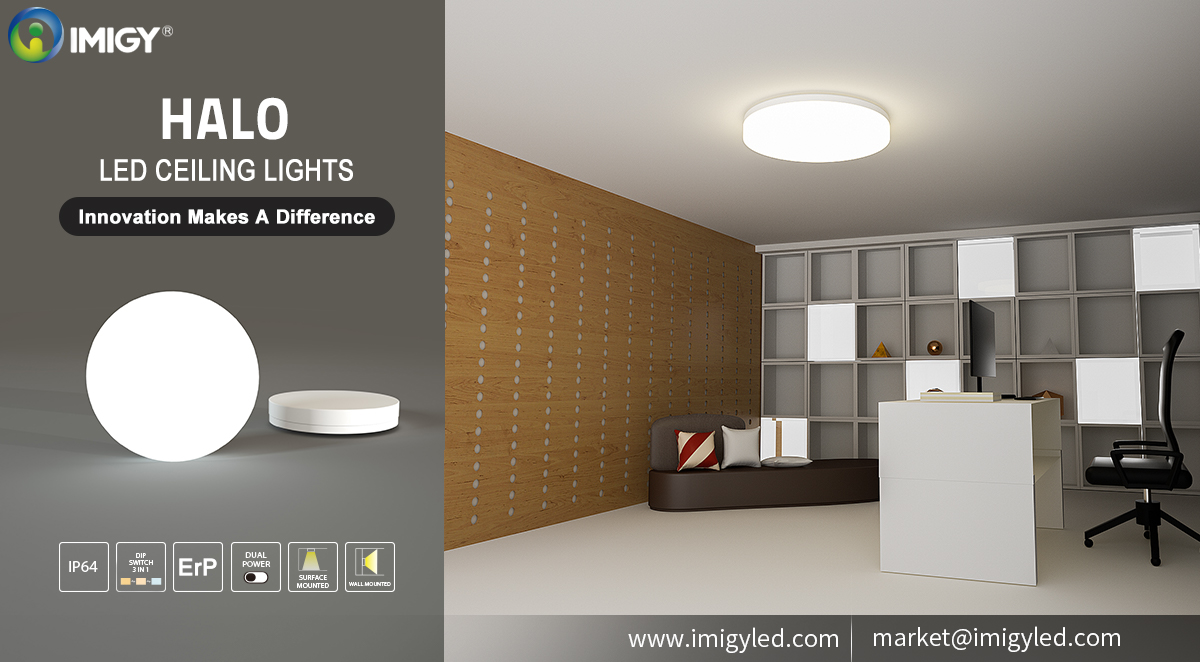

The living room is a central space in any home, often used for relaxation, entertainment, and socializing. A bright and energy-efficient ceiling light is essential for creating a welcoming and functional atmosphere. A 50W ceiling light with an efficiency of 100 lumens per watt (lm/W) offers both high brightness and energy savings, making it an ideal choice for illuminating your living room. In this article, we will explore the benefits of such energy-efficient lighting, how to choose the right fixture, and tips for maximizing its performance and aesthetic appeal.
Lumens per watt (lm/W) is a measure of the energy efficiency of a light source. It indicates how many lumens (a unit of light output) are produced for each watt of electrical power consumed. A higher lm/W rating means the light is more energy-efficient. For example, a 50W light with 100 lm/W produces 5000 lumens, which is significantly brighter than a traditional incandescent bulb while consuming much less power.
Energy-efficient lighting not only reduces your electricity bills but also contributes to a more sustainable environment. By choosing a 50W ceiling light with 100 lm/W, you can enjoy bright illumination without compromising on energy savings. This is particularly important in the living room, where lights are often used for extended periods.
A 50W ceiling light with 100 lm/W produces 5000 lumens, providing ample brightness for your living room. This level of illumination ensures that every corner of the room is well-lit, making it suitable for various activities such as reading, watching TV, and entertaining guests.
With an efficiency of 100 lm/W, this ceiling light consumes significantly less power compared to traditional lighting options. Over time, the energy savings can offset the initial investment and contribute to lower electricity bills.
Modern LED lights, which typically offer high lm/W ratings, have a long lifespan of up to 50,000 hours or more. This means fewer replacements and lower maintenance costs over time, making them a cost-effective choice for your living room.
Choosing energy-efficient lighting reduces your carbon footprint and contributes to a more sustainable environment. By using less energy, you help reduce greenhouse gas emissions and support global efforts to combat climate change.
When selecting a ceiling light, consider the size and layout of your living room. Larger rooms may require more powerful lights or multiple fixtures to ensure even illumination. The height of the ceiling and the placement of furniture should also be taken into account to avoid shadows and dark spots.
The style of the ceiling light should complement your living room decor. There are many options available, from modern and minimalist designs to more traditional and ornate fixtures. Consider the overall aesthetic of your living room and choose a light that enhances the space without overpowering it.
If you plan to use dimming features, ensure that the 50W 100LM/W ceiling light is compatible with your existing dimming system. Some LED lights require specific types of dimmers, so it is important to check the specifications before purchasing.
Invest in high-quality LED lights from reputable manufacturers. Look for lights with good heat dissipation mechanisms, as this can significantly impact the lifespan and performance of the LEDs. A well-designed LED light should have a heat sink to dissipate excess heat and ensure long-term reliability.
Plan the placement of your ceiling light carefully to ensure even illumination. For larger living rooms, consider using multiple fixtures to cover the entire area. The distance between fixtures should be consistent to avoid dark spots.
While it is possible to install ceiling lights yourself, hiring a professional electrician is highly recommended. Proper installation ensures safety, compliance with electrical codes, and optimal performance of the lighting system.
Regular cleaning is essential to maintain the performance and longevity of your ceiling light. Use a soft, dry cloth to wipe the surface of the fixtures. Avoid using harsh chemicals or abrasive materials that could damage the protective seals.
Periodically inspect the light for any signs of damage or wear. Check the seals and gaskets to ensure they are intact and functioning properly. Address any issues promptly to prevent potential electrical hazards.
Yes, a 50W 100LM/W ceiling light is versatile and can be used in other rooms such as bedrooms, dining rooms, and hallways. Its high brightness and energy efficiency make it suitable for various applications.
Check the specifications of both the dimmer switch and the LED light to ensure compatibility. Some dimmers are designed for specific types of bulbs or fixtures, so it is important to match them correctly. If you are unsure, consult with a lighting specialist or an electrician.
LED lights offer several benefits for living room lighting. They are highly energy-efficient, have a long lifespan, and produce very little heat. Additionally, LED lights are available in a wide range of color temperatures, making it easy to achieve the desired ambiance. The ability to dim and adjust the lighting also enhances comfort and functionality.

It is recommended that you upgrade the latest browser
 Chrome
Chrome Firefox
Firefox Edge
Edge